In the fast-paced world of music performance, sight-reading stands as one of the most demanding skills. The ability to instantly interpret and play unfamiliar sheet music requires not just technical proficiency, but an efficient cognitive system for prioritizing information. This same principle applies beyond music - in fields ranging from emergency response to data analysis, professionals rely on sophisticated priority systems to capture and process critical information at speed.
The Cognitive Load Challenge
When first encountering a new piece of sheet music, experienced musicians face what cognitive scientists call "information overload." The page contains multiple simultaneous data streams - melody lines, harmony, rhythm, articulation marks, dynamics, and often composer annotations. The brain cannot process all this equally in real-time. Instead, skilled sight-readers develop an implicit priority system that filters and sequences information capture.
This mental triage system typically prioritizes structural elements first. Key signatures and time signatures form the foundational framework. Next comes the harmonic progression, which allows prediction of likely chord sequences. Only after these are established does attention shift to finer details like articulation or ornamentation. This hierarchy mirrors how emergency room doctors assess patients - stabilizing vital signs before treating specific injuries.
Parallel Processing in Expert Sight-Reading
Advanced sight-readers demonstrate what researchers call "parallel processing with staggered attention." While playing current measures, their eyes are already scanning ahead, but with varying focus. Notes directly ahead receive detailed attention, while measures further ahead get scanned for structural landmarks - key changes, tempo modifications, or repeated patterns. This creates a cascading information capture system where different elements enter working memory at optimal times.
The priority system becomes particularly evident when sight-reading complex contemporary scores. Faced with unconventional notation or graphical scores, musicians must rapidly determine what visual elements represent core musical content versus secondary instructions. Their success depends on having adaptable priority filters that can be reconfigured for different notational systems.
Applications Beyond Music
These principles extend far beyond musical performance. Air traffic controllers use similar priority systems when monitoring multiple aircraft. Their visual scanning patterns and information capture sequences are carefully trained to ensure critical data (like altitude deviations) receive immediate attention while maintaining awareness of the broader traffic situation.
In data visualization design, effective dashboards employ sight-reading principles. The best business intelligence tools structure information hierarchically, allowing users to first grasp overall trends before drilling into specifics. This mimics how musicians parse scores - understanding the large-scale form before focusing on detail.
Training Adaptive Priority Systems
Developing an effective information capture priority system requires deliberate practice. For musicians, this means not just playing more pieces, but practicing specific scanning techniques. Exercises might include timed analysis of scores before playing, or deliberately obscuring portions of the music to force predictive reading.
Similar training occurs in other high-stakes professions. Fighter pilots undergo rigorous training to develop what they call "situational awareness" - essentially a dynamic priority system for processing cockpit information during combat maneuvers. Like musicians, they learn to maintain awareness of multiple information streams while rapidly shifting focus as circumstances demand.
Technology and Augmented Sight-Reading
Emerging technologies are creating new possibilities for enhanced information capture. Augmented reality systems for musicians can highlight structurally important notes or color-code harmonic patterns, effectively externalizing the priority system. These tools don't replace the need for internalized skills, but can accelerate their development by making implicit mental processes visible.
In medical imaging, similar augmented reading systems help radiologists process complex scans by automatically flagging potential areas of concern. Like musical notation, medical images contain layered information that requires expert prioritization - anatomical structures, potential pathologies, and technical artifacts must all be evaluated in proper sequence.
The Future of Priority Processing
As information environments grow increasingly complex across all fields, the principles derived from musical sight-reading offer valuable insights. The next generation of priority systems may blend human pattern recognition with machine learning assistance, creating hybrid cognition that maximizes both biological and artificial strengths.
Ultimately, whether interpreting a Mozart sonata or a stock market chart, the ability to rapidly capture and prioritize information remains a fundamental cognitive skill. By studying how experts like sight-reading musicians develop these capabilities, we can design better training methods and tools for professionals in all information-intensive fields.

By /Jul 17, 2025

By /Jul 17, 2025
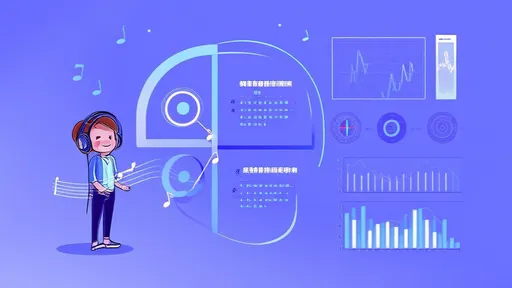
By /Jul 17, 2025
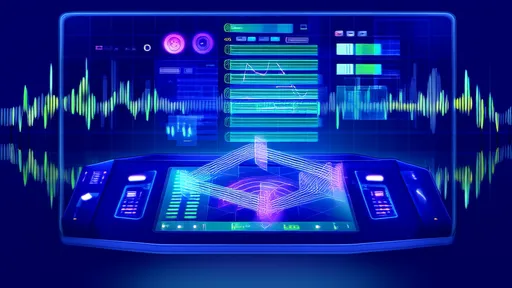
By /Jul 17, 2025
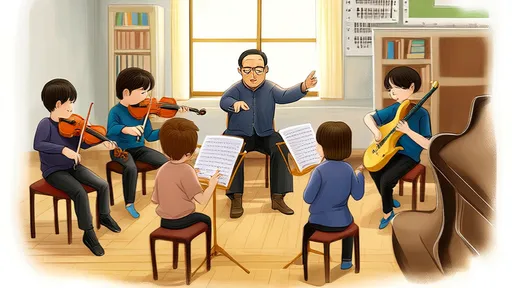
By /Jul 17, 2025
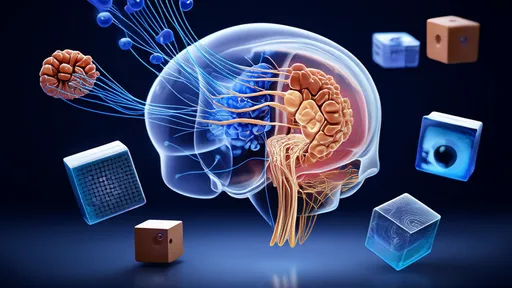
By /Jul 17, 2025

By /Jul 17, 2025

By /Jul 17, 2025
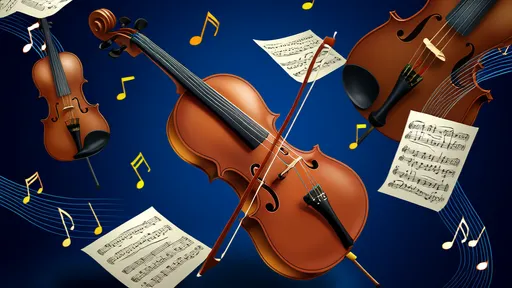
By /Jul 17, 2025

By /Jul 17, 2025
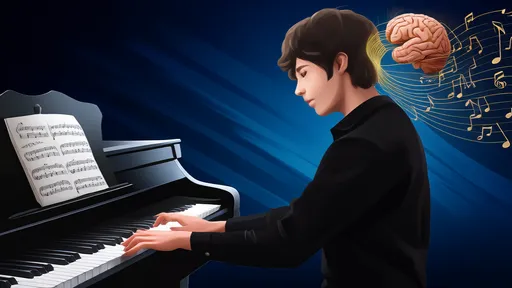
By /Jul 17, 2025

By /Jul 17, 2025

By /Jul 17, 2025

By /Jul 17, 2025

By /Jul 17, 2025

By /Jul 17, 2025

By /Jul 17, 2025

By /Jul 17, 2025